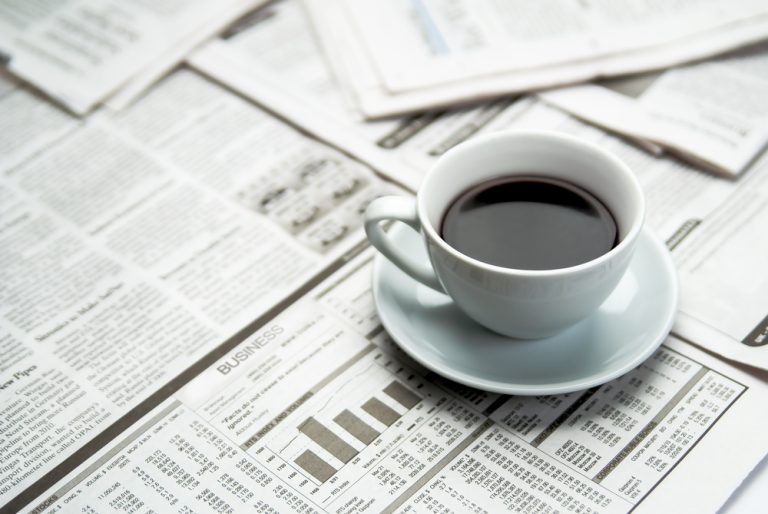Quarterly Economic Update: January-March 2022
Robust domestic economic growth Australia is rebounding from the pandemic, with domestic economic growth forecast to reach 3.5 per cent this financial year. Some analysts predict it might be even…

Robust domestic economic growth Australia is rebounding from the pandemic, with domestic economic growth forecast to reach 3.5 per cent this financial year. Some analysts predict it might be even…

Coronavirus Victoria and New South Wales saw their economies roar back to life as they emerged from lockdown just in time for a new kid to arrive on the coronavirus…
End of content
End of content